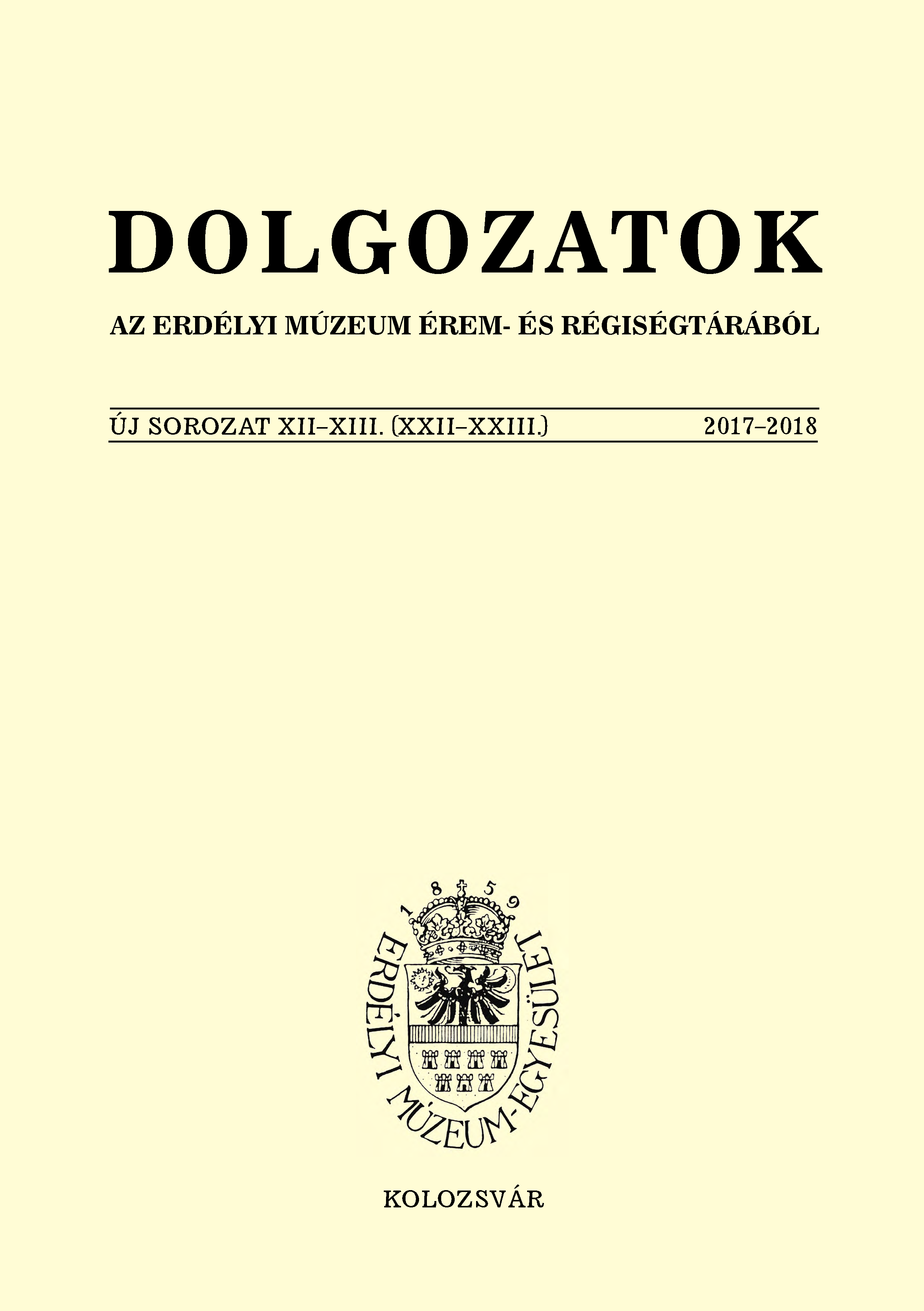Buday Árpád szülőföldjének szerepe munkásságában
The role of the motherland in Árpád Buday’s works
Author(s): Péter SasSubject(s): Archaeology, Social history, Interwar Period (1920 - 1939)
Published by: Erdélyi Múzeum-Egyesület
Keywords: Archaeological school of Cluj; Collection of Coins and Antiquities; University of Szeged; Transylvanian motherland; correspondence
Summary/Abstract: Students of the archaeological school of Cluj continued the work of their professor Béla Pósta, the director of the Collection of Coins and Antiquities of the Transylvanian National Museum. Árpád Buday specializing in provincial Roman archeology, classical archeology and Roman limes wrote that ‘the memory of the Hungarian past of Transylvania must be saved with all our strength’. In 1919, the Transylvanian Museum Association entrusted Árpád Buday with the leadership of the Collection of Coins and Antiquities of the Transylvanian National Museum. During the Roman occupation and after the withdrawal of the Cluj-Napoca University, he had to focus on promoting the science as lecturer. In 1924, in his professional position, he accepted the request of Franz Joseph University, moved to Szeged, and became the chair of the Archaeological Department. He was the editor of the journal Dolgozatok (‘Studies’) of the Franz Joseph University’s Institute of Archaeology. His separation from his motherland was only physical, his spirit stayed almost always at home. His correspondence with his friends – primarily with Lajos Kelemen, György Kristóf, Márton Roska, and Lajos György – helped to preserve spiritual relationship. Árpád Buday’s writings dedicated to Transylvania in Szeged have not lost their value and significance today. They include the refutation of the studies on the operation of the Transylvanian Museum Association and the denial of the Daco-Romanian theory: ‘Is there a basis for the theory of Daco-Romanian continuity?’ and ‘The Roman Age in Transylvania’. In 1937, Árpád Buday, who had been forced to leave his homeland by necessity, died at the age of 58. In his condolence letter to the widow, Lajos Kelemen emphasised that ‘only those die who do not continue to exist in the minds of the living’. One of the best proofs of the truthfulness of the quotation is the Szeged conference held in Buday Memorial Year 2017.
Journal: Dolgozatok az Erdélyi Múzeum Érem- és Régiségtárából. Új sorozat
- Issue Year: 2018
- Issue No: XII-XIII
- Page Range: 127-146
- Page Count: 20
- Language: Hungarian

